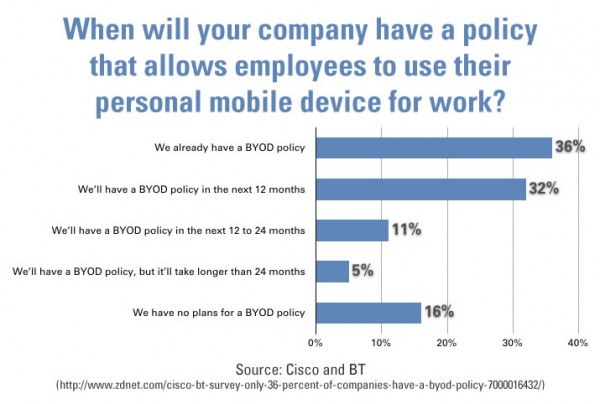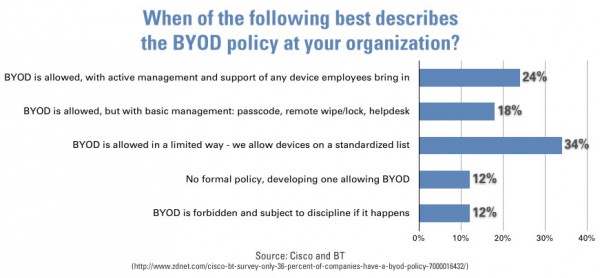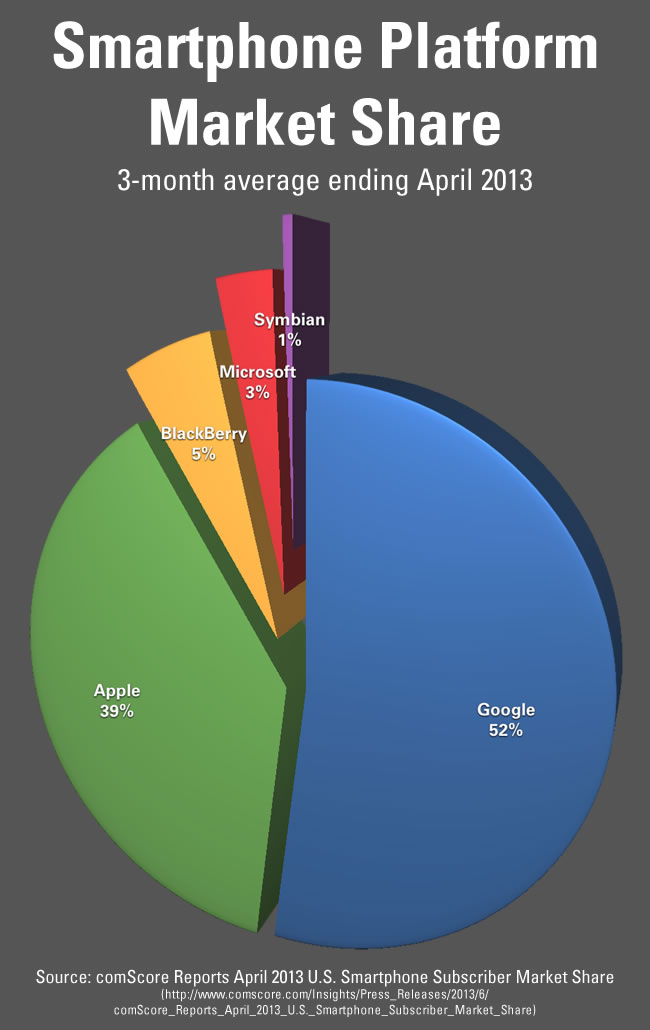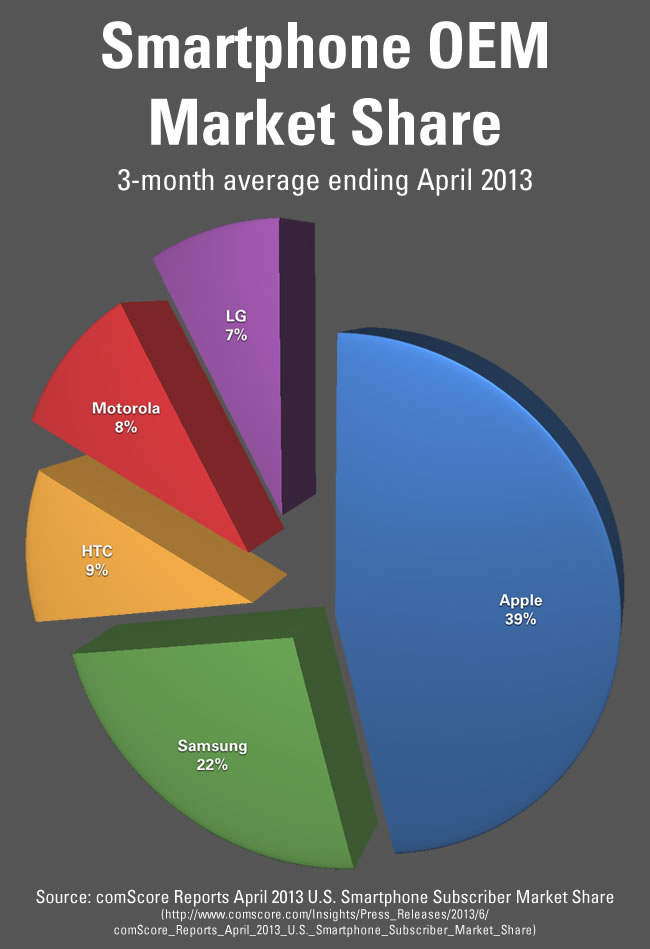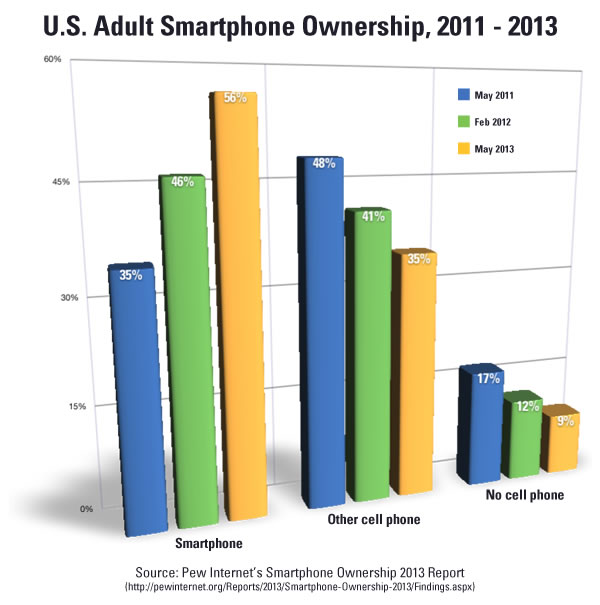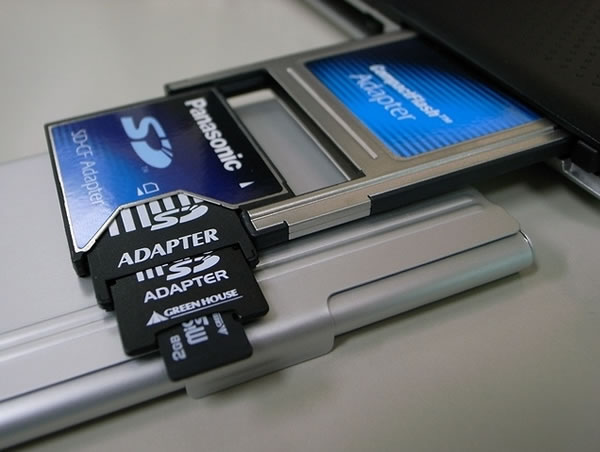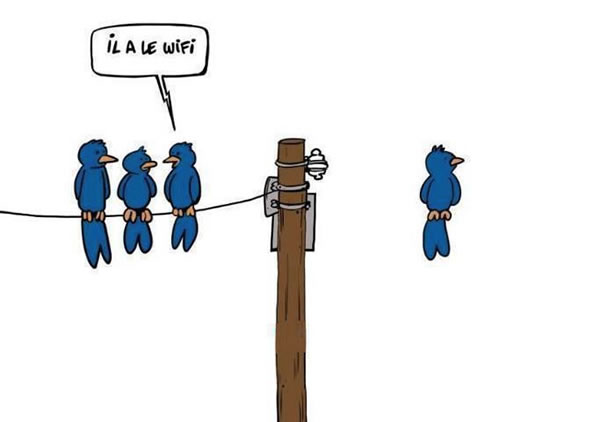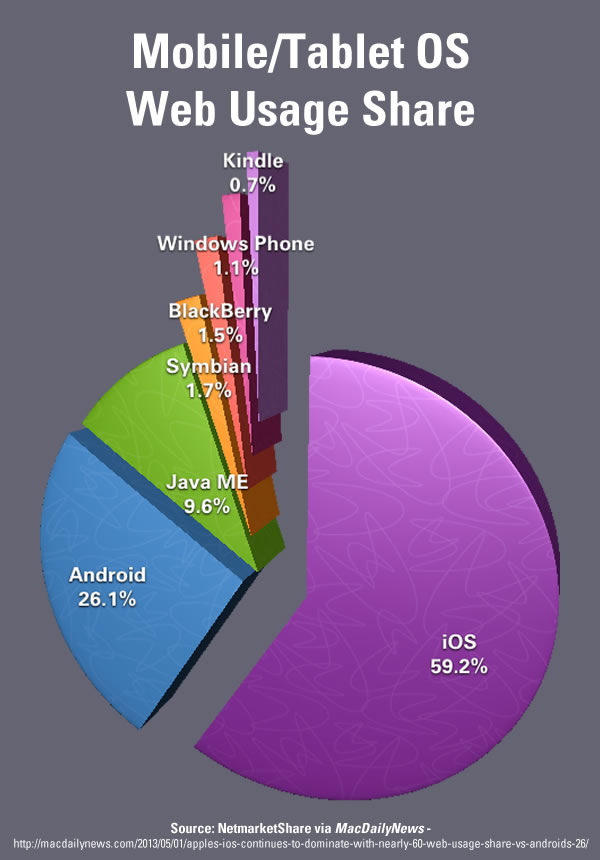SYOD Happens
 At my consultancy, CTS, we sometimes use the term “SYOD” — short for “Smuggle Your Own Device” — to refer to situations where people bring in their smartphones and tablets to access corporate resources at work without their IT department’s knowledge or approval.
At my consultancy, CTS, we sometimes use the term “SYOD” — short for “Smuggle Your Own Device” — to refer to situations where people bring in their smartphones and tablets to access corporate resources at work without their IT department’s knowledge or approval.
SYOD happens often enough that CTOs and CIOs should take notice. According to the results of IT-and-telecom analyst firm Ovum’s 2013 BYOX (Bring Your Own Anything) Employee Study:
- Nearly 70% of employees who own a smartphone or tablet use it to access corporate data.
- Of those employees:
- A little more than 15% access that data without the IT department’s knowledge.
- Almost 21% access that data in defiance of an anti-BYOD policy.
The study makes use of the responses of 4,371 people coming from 19 countries and working in a “wide range of verticals and job roles” at organizations with over 50 employees.
Ovum’s recommendation (as well as mine) is to respond and adapt to this new behaviour. Ovum Analyst Richard Absalom is right when he says:
“Trying to stand in the path of consumerized mobility is likely to be a damaging and futile exercise. We believe businesses are better served by exploiting this behaviour to increase employee engagement and productivity, and promote the benefits of enterprise mobility.“
Nearly Two-Thirds of Companies Lack a BYOD Policy, Say Cisco and BT
Click to see the graph at full size.
ZDNet reports that over the next few weeks, Cisco and BT will share the results of their survey of 2,200 office workers from 13 countries and 9 business verticals. Some interesting numbers from this survey include:
- Only 36% of companies have a BYOD policy in place, with 43% planning to have one sometime in the next two years.
- One-third of companies have already experienced a security breach resulting from an SYOD device.
- 49% of organizations have not adopted BYOD because of security concerns.
- 82% of businesses with BYOD policies say they have dealt with security risks arising from personal devices being used for work.
- 84% of IT managers say that having a BYOD policy could offer “a competitive advantage in the marketplace”.
Click to see the graph at full size.
